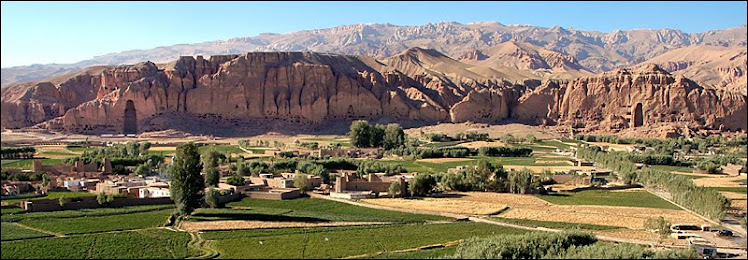Kathleen Wells: Prince Seraj, your uncle, King Amanullah, 80 years ago, worked to bring about changes regarding women's rights in Afghanistan. Speak to how the Personal Status Law, which was approved and is currently under review by President Karzai is impacting the groundwork your uncle laid?
Prince Abdul Ali Seraj: After his world trip in 1927, my uncle, His Majesty King Amanullah, decreed that in order for Afghanistan to join other progressive nations of the world and to take its rightful place in the twentieth century, the country needed the service of both its male as well as its female population.
He not only introduced Queen Soraya, without the traditional veil, to the public, but soon thereafter sent a group of 16 girls to attend medical school in Turkey. He later sent another group of girls to study in France. The foreign enemies of the state (the British) used these policies against King Amanullah and instigated a revolution that eventually forced the King to abdicate.
Afghan women - 1927
It took 75 years for the women of Afghanistan to once again enjoy personal freedom under the new constitution, which provides a great number of rights to them, far more than what was initiated under King Amanullah. However, we must not forget that the King laid the initial groundwork for women's rights.Today, all women, regardless of age or ethnicity, know the service that was rendered to their cause by my uncle. They also know that he sacrificed the throne of Afghanistan for their rights.
Afghan women - 1927
Unfortunately, even today, as it was then, the women do not enjoy all the rights that they have under the constitution. Even though the role of women today is very evident in the Parliament, the government, and the education system, still, they are considered as subservient to the male sector. In the provinces, the veil is very evident and in many areas of the country, a woman's presence is not welcomed within the male population.
King Amanullah with a group of people - 1927
We still have a long ways to go. Unfortunately, my uncle's policies had less than two years before he was forced to abdicate due to foreign powers using the women's rights policy as a tool against him. Today, fortunately, the women have extensive support from the international community. We need to change the attitude of male-dominated society in Afghanistan. But it will take time, as 90% of the Afghans still live in the 17th, 18th century.
For the full interview click here.
More interesting photos of Afghans in the 1920's.
girl's school - 1926
Watching tennis at courts built by King Amanullah in Paghman. *interesting fashion*

I believe this photo is from the Victorian Era.

No comments:
Post a Comment